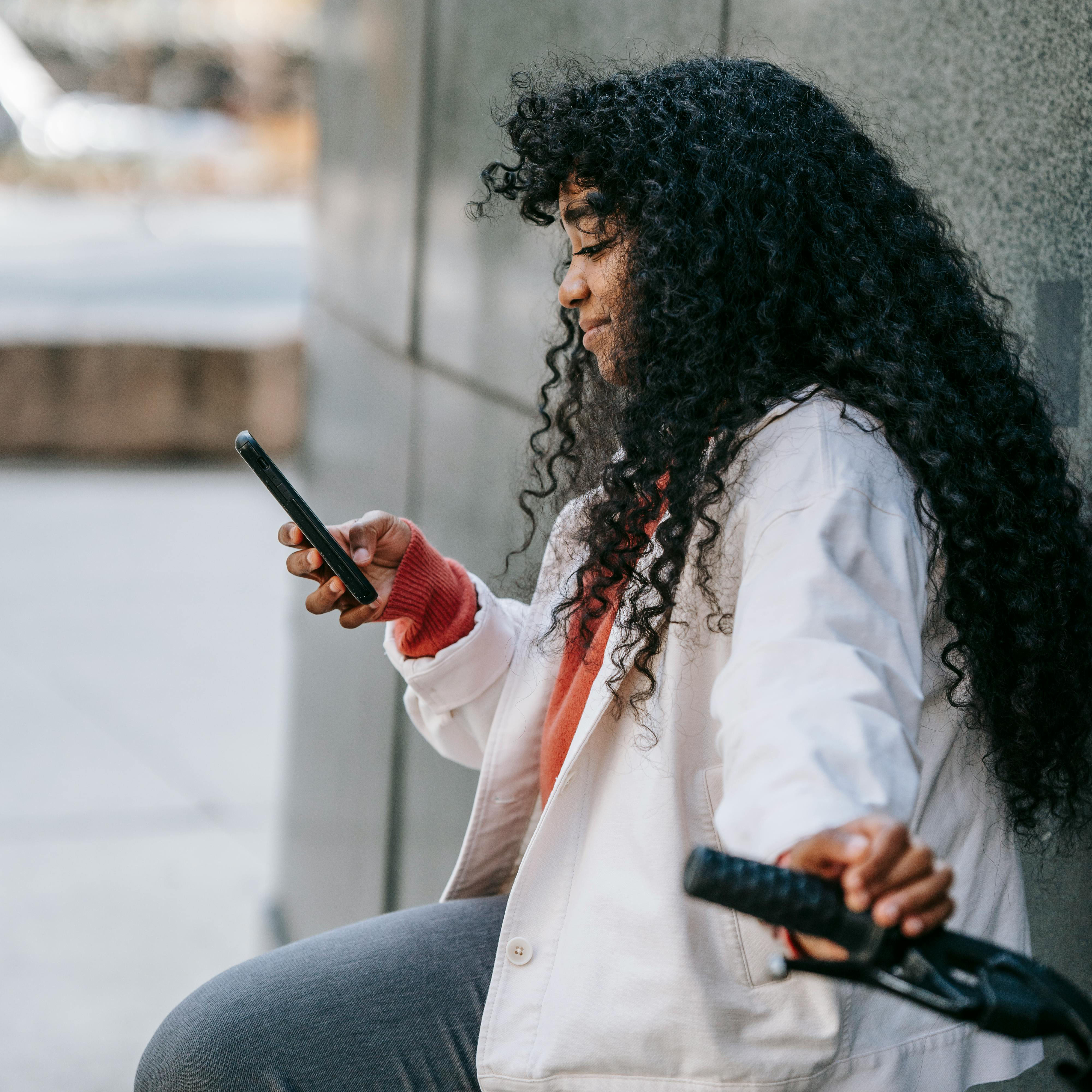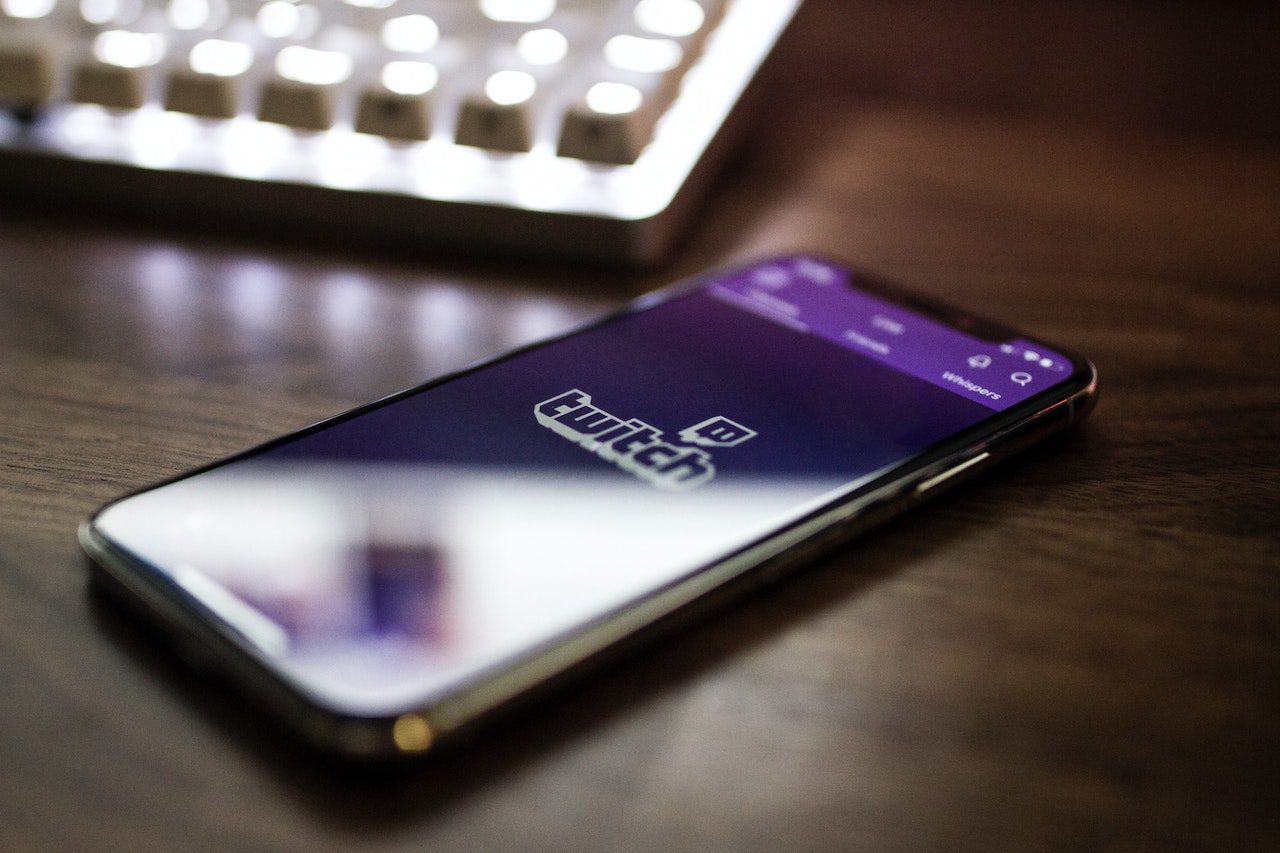How to Speed Up Development Cycles Without Sacrificing Quality
Only about half of private sector IT projects are completed on time, according to research by McKinsey. In other words, one in every two software...
2 min read
Written by Laura MacPherson, May 30, 2019

In the Under the Hood Series, we look at how popular apps have grown loyal usage through behavioral design. Seeing the techniques in action should give you practical ideas for ways to use behavioral design in your own products.
Fabulous is one of many apps designed to help you build healthier habits. But unlike most of the other self-improvement apps, Fabulous is based on science. It was developed in Duke’s Behavioral Economics Lab, founded on principles of behavioral psychology and design. It won Best Apps 2018 in Self-Care in the App Store, was a Best App finalist in Google Play Awards, and is a Material Design Award winner. Additionally, it has over 297,000 monthly app downloads, with monthly growth at over 40%.
The Fabulous app uses behavioral design to build tiny habits into significant long-term changes.
Sami Ben Hassine, CEO of Fabulous and the one who had the vision for the app, describes how Fabulous creates better habits: “Behavioral change is not about the final goal. It’s about dividing the big changes you seek into smaller behaviors and getting you to accomplish them one at a time. Running is not the behavior we’re trying to teach you, it’s the goal. We’re only trying to get you to put your shoes on and start your power song. We know that these two actions almost always rekindle your motivation enough to get you exercising. We’re only asking you to perform two simple actions.”
The app begins onboarding by creating a personalized plan based on what you want to achieve. Users are given a free trial to the premium version, which unlocks all of the Fabulous content and features.


Immediately upon signing up, users get a special “letter” that’s conversational and sounds personal. This is where behavioral design enters the experience, as users immediately feel part of a community. But this is just one way that the Fabulous app uses behavioral design.


The app treats users to an inspirational message with beautifully-designed graphics that are fun to look at and create curiosity.
Next, the app encourages users to build an “A-Team” — a group of friends to participate with as they work toward building better habits. The app explains why a team is so effective, and brings out the science behind why you’d want to build a team. Social connection is a classic reward in the behavioral design model, and one of the most powerful.


Later in the experience, the app invites users to join the Fabulous Facebook group for “tips, support, and camaraderie.” This group serves as a way to get users to make the continued investment that’s so important in creating lasting habits.
Rewards also come in the form of unlocking special messages and new challenges as you complete daily habits. So curiosity drives engagement, and the app periodically treats users to new content and rewards.

It’s obvious that the Fabulous developers understand behavioral design and were intentional about building proven elements into the app. As a result, Fabulous is a delight to use, and continues to help people make the changes they want to make.
Want to learn more about how we integrate behavioral design into our apps or talk about your project idea? Get in touch.
You might also like:
Subscribe to our newsletter.

Only about half of private sector IT projects are completed on time, according to research by McKinsey. In other words, one in every two software...
.jpg)
In a competitive SaaS landscape, just one misstep can cost you users. Bad UX/UI design is all it takes to send your users running to the competition....

Good app design requires understanding how your users interact with your app and why they respond the way they do. UX design offers best practices...
Post
Share